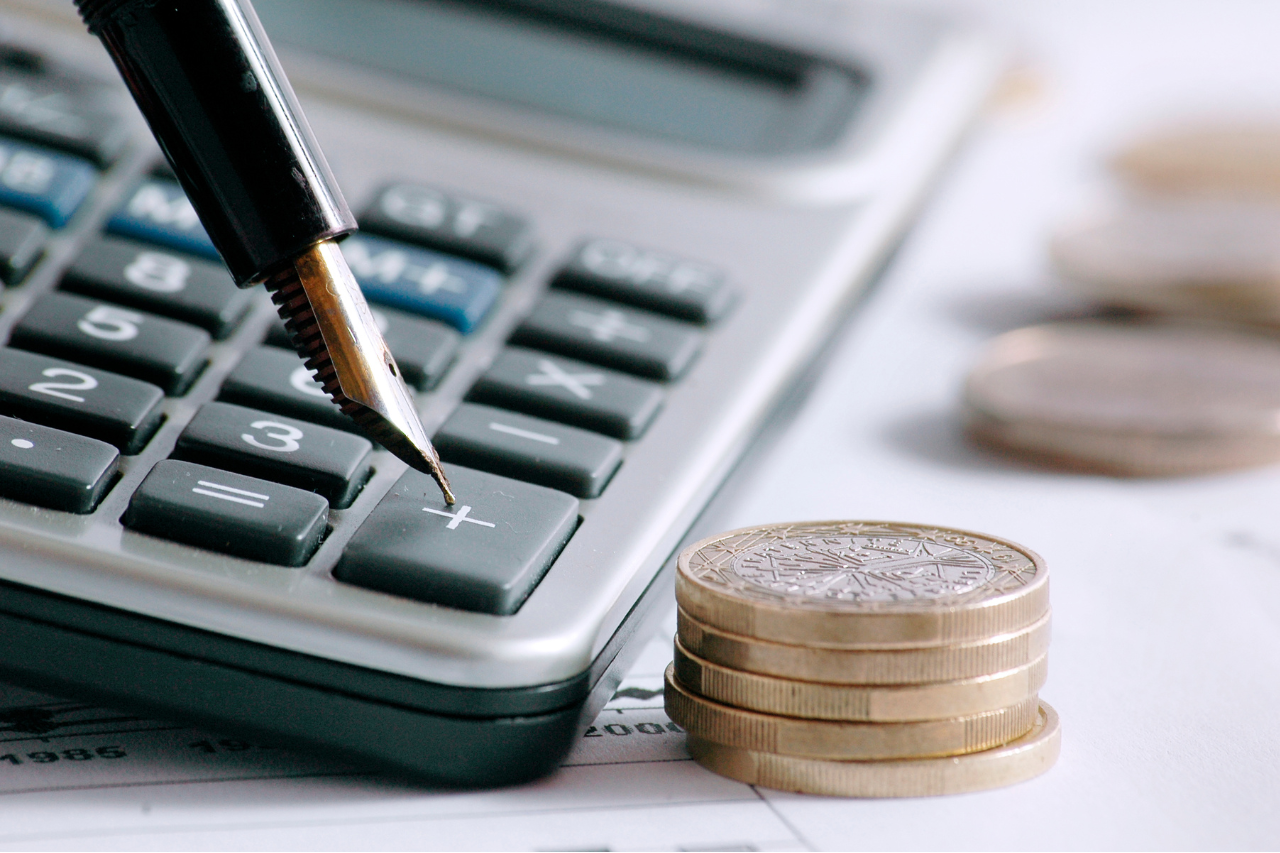
Budgeting for the Month: Your Monthly Budget Plan

Share:
What is a monthly budget?
A budget is a plan for how you will spend your money each month. It typically includes a list of expected expenses and income, which helps you track where your money is going, identify areas where you may be overspending, and develop strategies for managing your budget in the future. Creating a budget can help give you control over your finances and create a sense of security.
Gather your financial statement.
Begin by gathering all of your financial documents, including your paycheck stubs and any bills you know, are due each month. This will give you an accurate picture of how much money is coming in and going out.
Set budgeting goals. Think about what budgeting goals you would like to achieve over the next month or year. Consider budget categories
List sources of income
Start by listing your sources of income, including any job income, investment returns and government benefits.
Calculate expenses. Calculate all of your expected monthly expenses, such as rent or mortgage payments, utilities, car payments, and insurance premiums.
Subtract expenses from the budgeted amounts. Subtract the total of your expected monthly expenses from your budgeted amount. This will give you an idea of how much money is left over each month that can be used for other budget categories such as entertainment, savings or investments.
What are Fixed Expenses?
Fixed expenses are those expenses that stay the same each month, such as rent or mortgage payments. Make sure you budget for these fixed expenses before budgeting for other items.
What are Variable Expenses?
Variable expenses are those that can change from month to months, such as groceries and entertainment. budget for these items as well so you don’t overspend.
Track budgeting progress.
Track your budgeting progress over time to make sure you are staying on track, and adjust your budget if needed. This will help keep you motivated to stick with budgeting each month.
Think about your financial priorities
What are your financial priorities? Consider the budgeting goals you set earlier and think about what is most important to you. Make sure you budget for those things first, before budgeting for less important items. Creating a monthly budget can help give you control over your finances and create a sense of security.
Set Financial Goal.
Finally, set a budgeting goal for the month. This can be something like saving a certain amount of money each month or reducing monthly spending by a certain percentage. Setting these budgeting goals will help you stay on track and ensure that you are working towards financial success.
Review budget monthly.
Review and adjust the budget as needed. Make sure to review and adjust your budget periodically, such as annually or when major life changes occur. This will help ensure that your budget is still meeting your needs.
Creating and following a budget can be challenging, but it is an important step to financial success. With practice and dedication, budgeting for the month can become easier and more effective over time.
What is the 50/30/20 budget?
The 50/30/20 budget is a budgeting framework designed to help you budget and track your money. It splits your budget into these three segments – 50% for necessities, 30% for wants, and 20% for savings or debt repayment. With this budget method, you are able to prioritize needs over wants while also setting aside some money for savings or debt repayment.
Creating a budget can be daunting, but with the 50/30/20 budgeting method you can break it down into more manageable chunks and get budgeting for the month quickly and efficiently. This budgeting framework is ideal for beginners as it helps you create an achievable budget that focuses on both needs and wants. It also helps to keep budgeting simple so that it can become a habit and help you achieve your financial goals.
Good budgeting is an important component of achieving financial success, and budgeting for the month can help you stay on track and manage money better. With the 50/30/20 budget, beginners can budget quickly and efficiently, set budgeting goals, track budget progress and adjust their budget as needed. With practice and dedication budgeting for the month can become easier and help you reach your financial goals. Give it a try!
What is 40-30-20-10 rule?
Another budgeting rule is the 40-30-20-10 budgeting rule. This budgeting rule divides your budget into four categories based on percentages – 40% for necessities, 30% for wants, 20% for savings and 10% for debt repayment. This budgeting framework is similar to the 50/30/20 budget but allows you to budget more specifically for debt repayment or savings. It also often encourages budgeters to budget more conservatively and save a larger portion of their income than the 50/30/20 budget allows.
Similar to the 50/30/20 budget, this budgeting method helps beginners budget quickly and efficiently while still allowing them to focus on both needs and wants. It is an excellent budgeting tool to use if you have debts or would like to save a larger percentage of your income each month.
What is an Emergency Fund?
An emergency fund is a budgeting tool that can help budgeters prepare for unexpected expenses. An emergency fund is an amount of money set aside in the event of an emergency or unexpected expense, such as a medical bill or car repair. It should be separate from your regular budget and have enough money saved to cover at least 3-6 months of expenses. Having an emergency fund can help budgeters prepare for the unexpected and protect their finances in emergencies.
Creating an emergency fund is a great budgeting tool, as it allows budgeters to have a cushion of money if they encounter financial hardships or unplanned expenses. It can also help budgeters stay on track with their budget by setting aside money in an emergency fund before spending on wants or other budget items. Budgeters should strive to save a portion of their budget each month until they have an adequate emergency fund saved up.
Savings Account
It is important to have an emergency fund, but budgeters should also consider setting up a savings account. A savings account can help budgeters save for long-term goals and can be used to store money for future purchases or investments. Budgeters should strive to save as much as possible in their savings account each month and consider setting budgeting goals and tracking their budget progress to ensure that they are saving enough. Having a savings account can help budgeters stay on track with budgeting and reach their financial goals in the long run.
Budgeting for Retirement
Budgeting for retirement is an important budgeting goal that many budgeters overlook. Saving for retirement should be a priority and budgeters should strive to set aside money each month towards their retirement savings. This can help budgeters reach their financial goals and feel secure in the future, as well as provide them with some peace of mind knowing that they have a financial safety net.
There are several budgeting tools that budgeters can use to budget for retirement, such as setting aside money from each paycheck or setting up an automatic transfer from your checking account to your retirement account. Budgeters should also consider talking to a financial advisor about budgeting for retirement and creating an investment plan that works for their budget and goals.
Example of Budgeting resources
The budgeting resources below can help budgeters set budgeting goals, track budget progress and adjust their budget as needed.
– Mint: This budgeting app allows budgeters to track expenses, create budget categories, set budget goals and more.
– YNAB (You Need a Budget): This website offers budget templates, tutorials and budgeting tools to help budgeters keep track of their budget.
– EveryDollar: This budget tracking app helps budgeters create a budget, set budget goals and track progress over time.
– Daily Money Manager: A daily money manager is a professional who can assist budgeters with budgeting, financial planning and more.
– budgeting websites and blogs: There are a variety of budgeting websites and blogs that offer budgeting advice and tips to budgeters.
– Budget Worksheets: There are budget worksheets available online that budgeters can use to track income, expenses, goals, etc.
Bottom Line
Budgeting for the month is an important budgeting tool that can help budgeters stay on track and manage money better. Budgeters should consider using budgeting tools such as the 50/30/20 budget or the 40-30-20-10 budget to budget quickly and efficiently. Additionally, budgeters should strive to create an emergency fund to prepare for unexpected expenses.
There are a variety of budgeting resources available to budgeters, such as budget apps, budget worksheets and budgeting advice websites. With the right budgeting tools, budgeters can easily create a budget and stay on track with their financial goals. Good luck!
`
Most Popular


What is Coffee Bloom and why does it happen?

20 Best Books Made Into Movies And TV Shows





